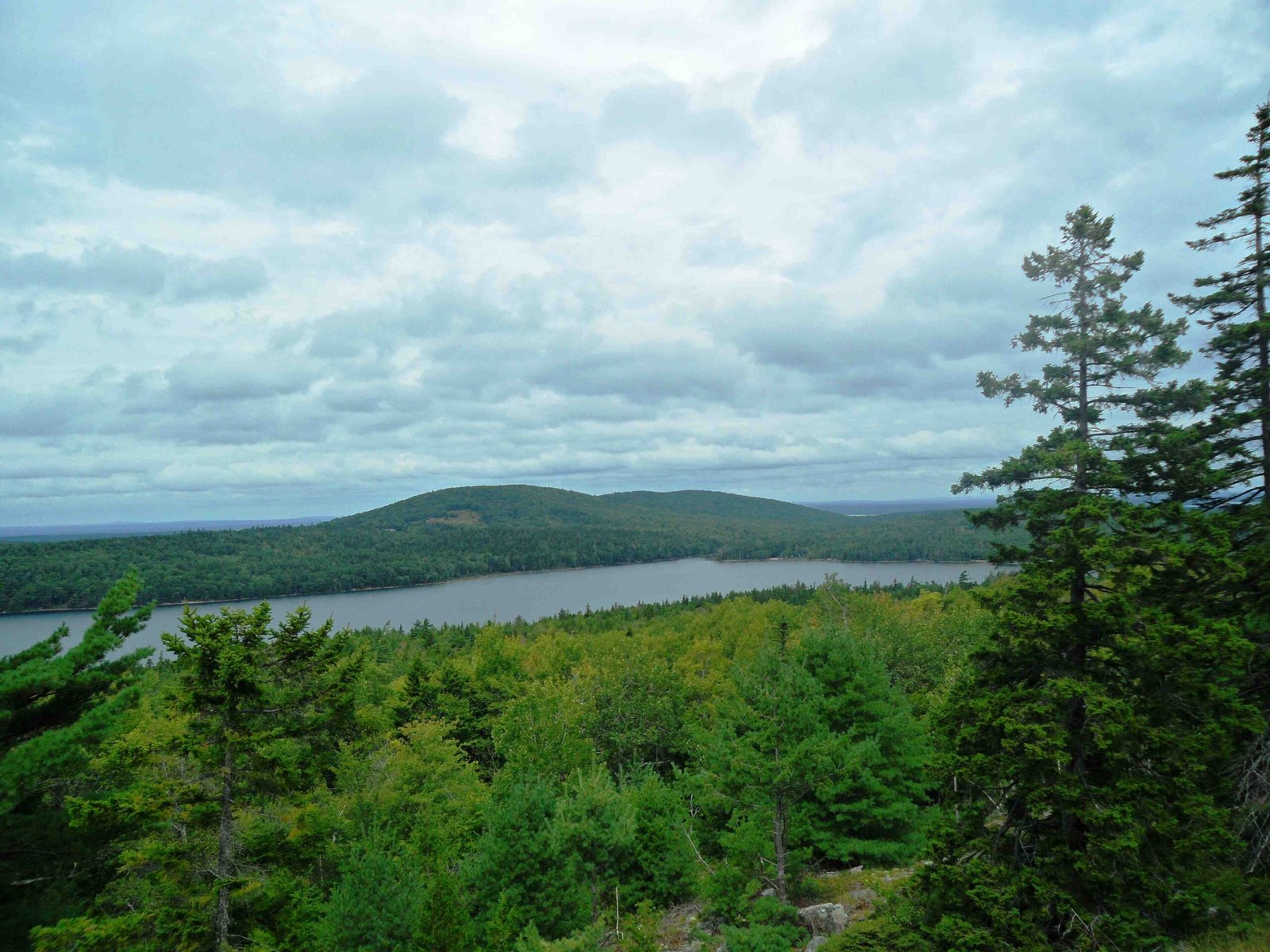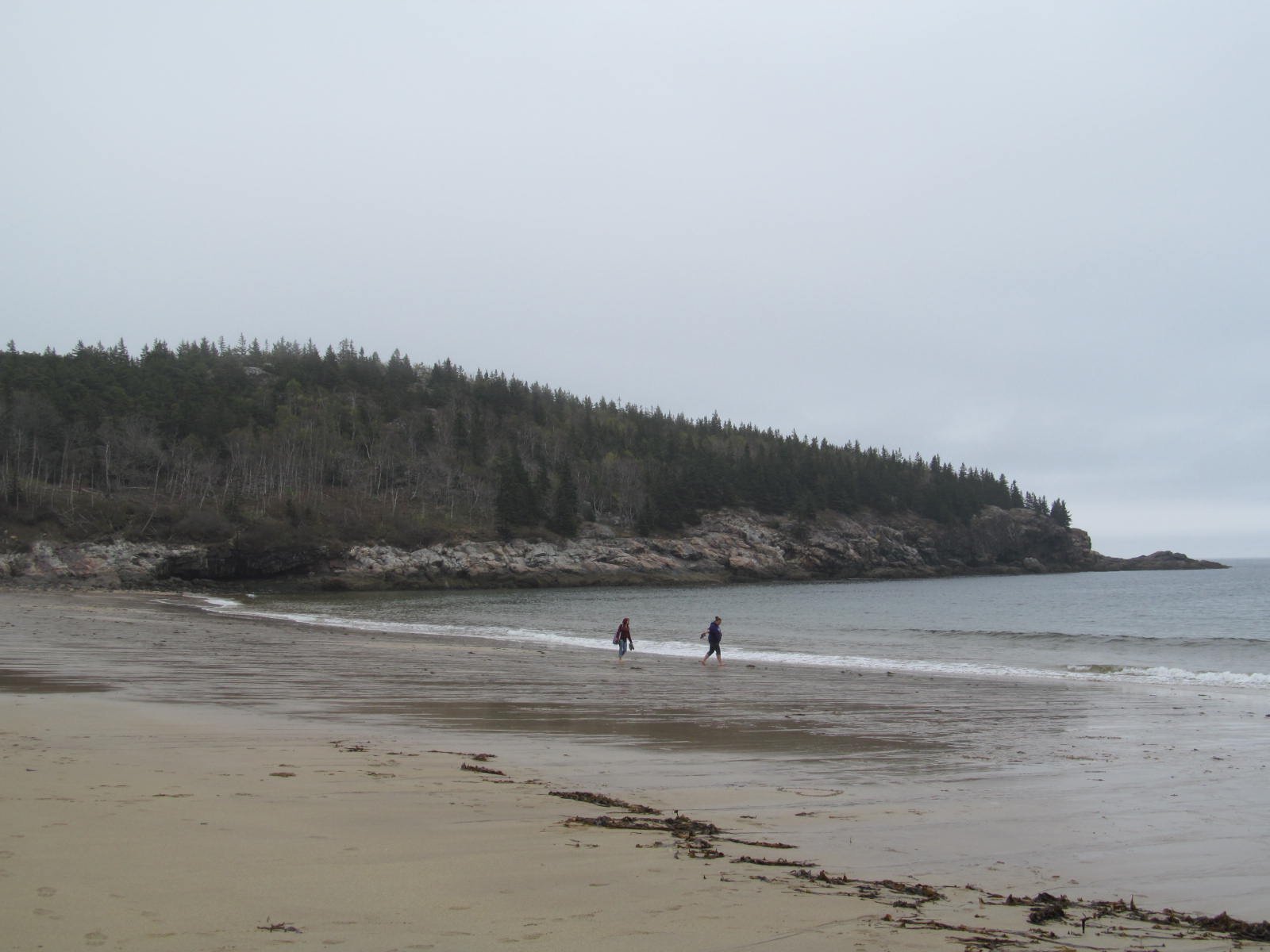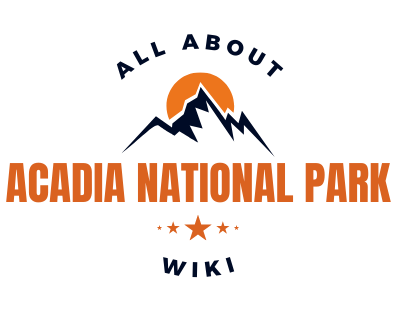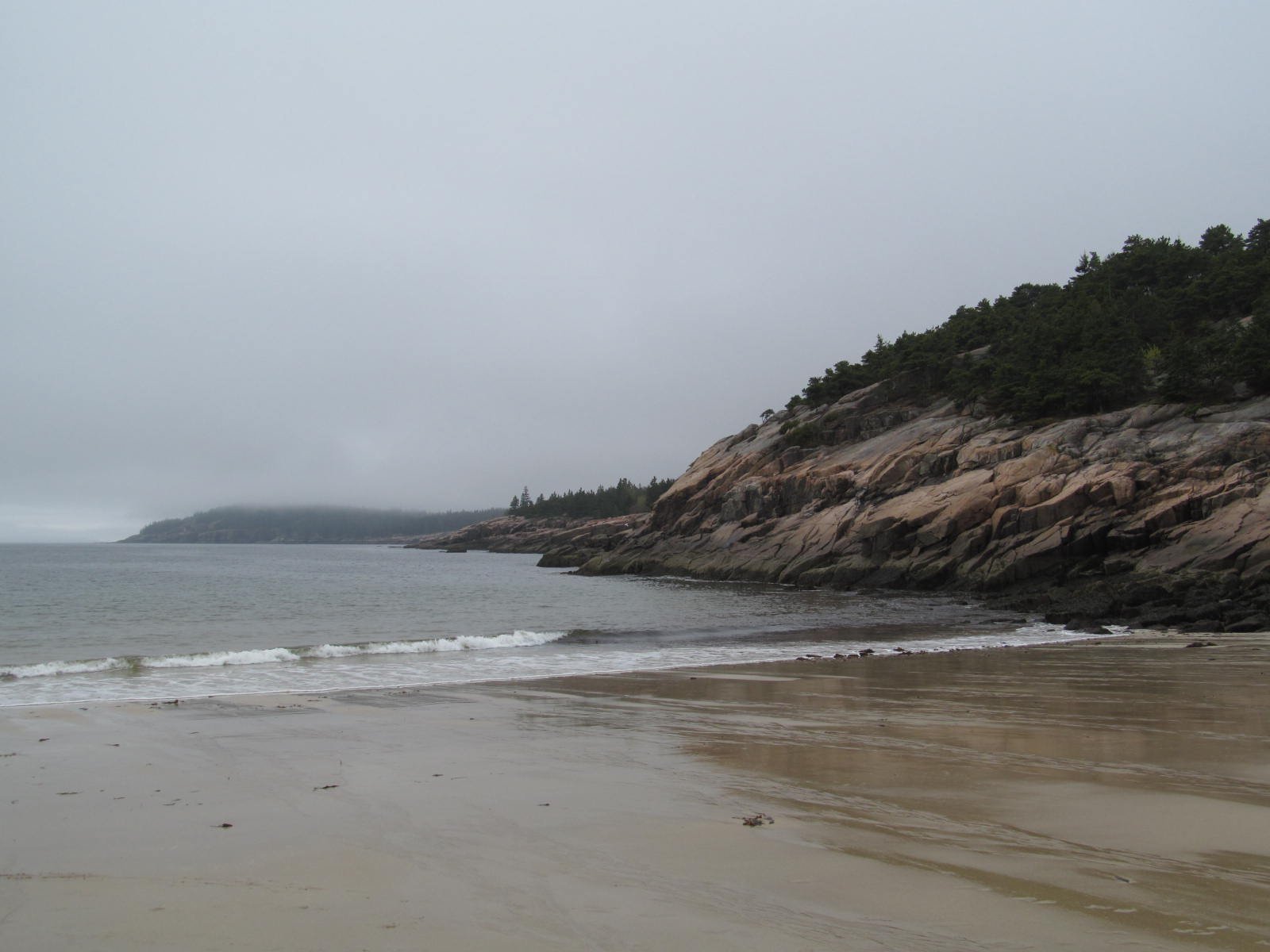Acadia National Park camping pads are crucial for a comfortable outdoor experience in this breathtaking Maine wilderness. These pads provide insulation from the ground, ensuring a good night’s sleep amidst nature’s beauty. Whether you’re exploring the rugged coastline or hiking through lush forests, choosing the right camping pad can make or break your Acadia adventure. This guide covers everything from pad types to campsite amenities, helping you prepare for an unforgettable national park experience.
What Are the Best Camping Pad Options for Acadia National Park?

When selecting a camping pad for Acadia National Park, consider these options:
- Closed-Cell Foam Pads:
- Lightweight and durable
- Excellent insulation
- Ideal for minimalist backpacking
-
Typical dimensions: 72\” x 20\” (regular) or 78\” x 20\” (long)
-
Self-Inflating Pads:
- Comfortable and compact
- Good balance of insulation and comfort
-
Available in various sizes
-
Air Pads:
- Lightweight and packable
- Adjustable firmness
- Some models offer extra insulation
Choose based on your camping style, weather conditions, and personal preferences.
What Amenities Are Available at Acadia National Park Campsites?

Acadia National Park offers various amenities across its campgrounds:
- Restroom Facilities:
- Flush toilets (summer months)
- Portable toilets (winter months)
-
Composting toilets (select sites)
-
Water Access:
- Year-round water availability at most campgrounds
-
Hand pumps at some remote sites
-
Picnic Areas:
- Picnic tables at most campsites
-
Fire pits for cooking and warmth
-
Additional Services:
| Service | Availability |
|———|————–|
| Showers | Nearby towns |
| Laundry | Not available |
| WiFi | Not available |
| Firewood| Local purchase required |
How Do I Reserve a Campsite at Acadia National Park?
Reserving a campsite at Acadia National Park involves the following process:
- Timing:
- 90% of sites released 6 months in advance
-
10% released 14 days before arrival
-
Reservation Platforms:
- Recreation.gov website
-
National Park Service phone line
-
Campground-Specific Rules:
-
Duck Harbor Campground: All reservations open April 1st
-
Fees:
- Individual sites: $22-$30 per night
- Group sites: $60 per night
-
Electric/full hookup sites: $36-$40 per night
-
Peak Booking Periods:
- May to October (reservations highly recommended)
What Are the Top Campgrounds in Acadia National Park?
- Schoodic Woods Campground:
- Spacious, private sites
- Various hookup options
-
Excellent amenities
-
Blackwoods Campground:
- Close to popular hiking trails
- Electric hookups available
-
Picnic tables and fire pits
-
Seawall Campground:
- Scenic coastal views
- Mix of drive-up and walk-in sites
- Proximity to hiking trails
How Should I Prepare My Camping Pad for Acadia’s Terrain?
- Assess the Ground:
- Rocky coastal areas: Choose thicker pads for comfort
-
Forest floors: Standard thickness may suffice
-
Consider Weather:
- Insulated pads for cooler nights
-
Waterproof options for damp conditions
-
Size Matters:
- Match pad length to your height
-
Consider wider pads for more comfort
-
Test Before Trip:
- Inflate air pads to check for leaks
- Break in self-inflating pads
What Are the Camping Pad Regulations in Acadia National Park?
While Acadia National Park doesn’t have specific regulations for camping pads, follow these general guidelines:
- Leave No Trace:
- Use pads that don’t damage vegetation
-
Avoid placing pads directly on fragile ecosystems
-
Size Restrictions:
- Ensure your pad fits within designated tent areas
-
Large pads may not be suitable for smaller campsites
-
Noise Considerations:
-
Choose pads that don’t make excessive noise when moving
-
Storage:
- Keep pads inside tents or vehicles when not in use
- Protect from wildlife and weather
By following these guidelines and choosing the right camping pad, you’ll be well-prepared for a comfortable and enjoyable stay in Acadia National Park. Remember to respect the park’s natural beauty and follow all park regulations to ensure a sustainable and memorable outdoor experience.
References:
1. Sleeping Pads & Camping Mats: How to Choose | REI Expert Advice
2. The Ultimate Guide To Camping In Acadia National Park
3. NP Campground Review – Schoodic Woods, Acadia National Park

